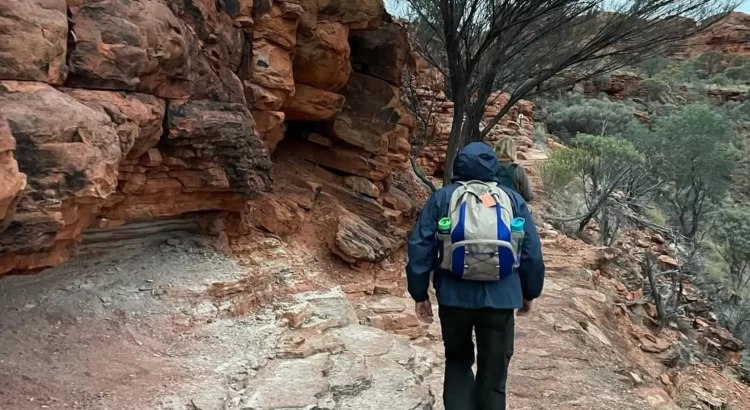Uluru, the big rock in the middle of Australia, is a sacred site and a must-see for travellers everywhere. One of the many ways to experience this amazing sight is the North-East Walk. This walk is full of natural beauty and cultural significance and is a must-do for adventurers and culture lovers alike. Here are the highlights and top tips.
Highlights
1. Cultural Connections
The North-East Walk gets you up close and personal with the Anangu people, the traditional owners of Uluru. Along the way you’ll see ancient rock art that has been passed down through generations. Make sure to stop at the interpretive signs to learn about the Dreamtime stories and creation myths associated with this sacred site. The rock art along the path is proof of the ongoing culture of the Aboriginal people.
2. Views
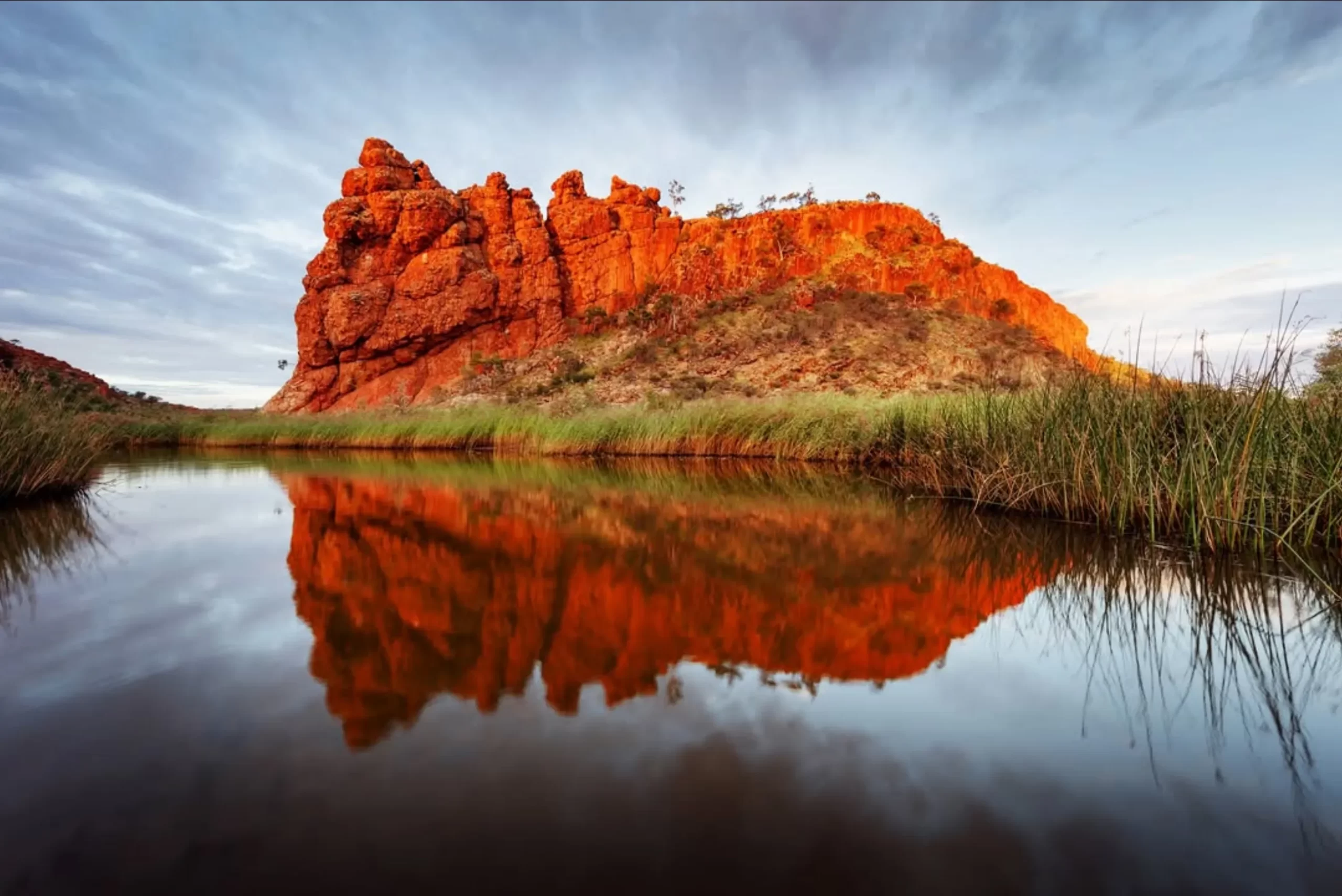
As you walk the trail you’ll be treated to views of Uluru’s cliffs and the desert landscape. Sunrise and sunset are especially magical, painting the sandstone orange, red and purple. The walking tracks have great views and panoramic views perfect for photography. For more views consider a scenic flight or helicopter flight over the area.
3. Special Flora and Fauna
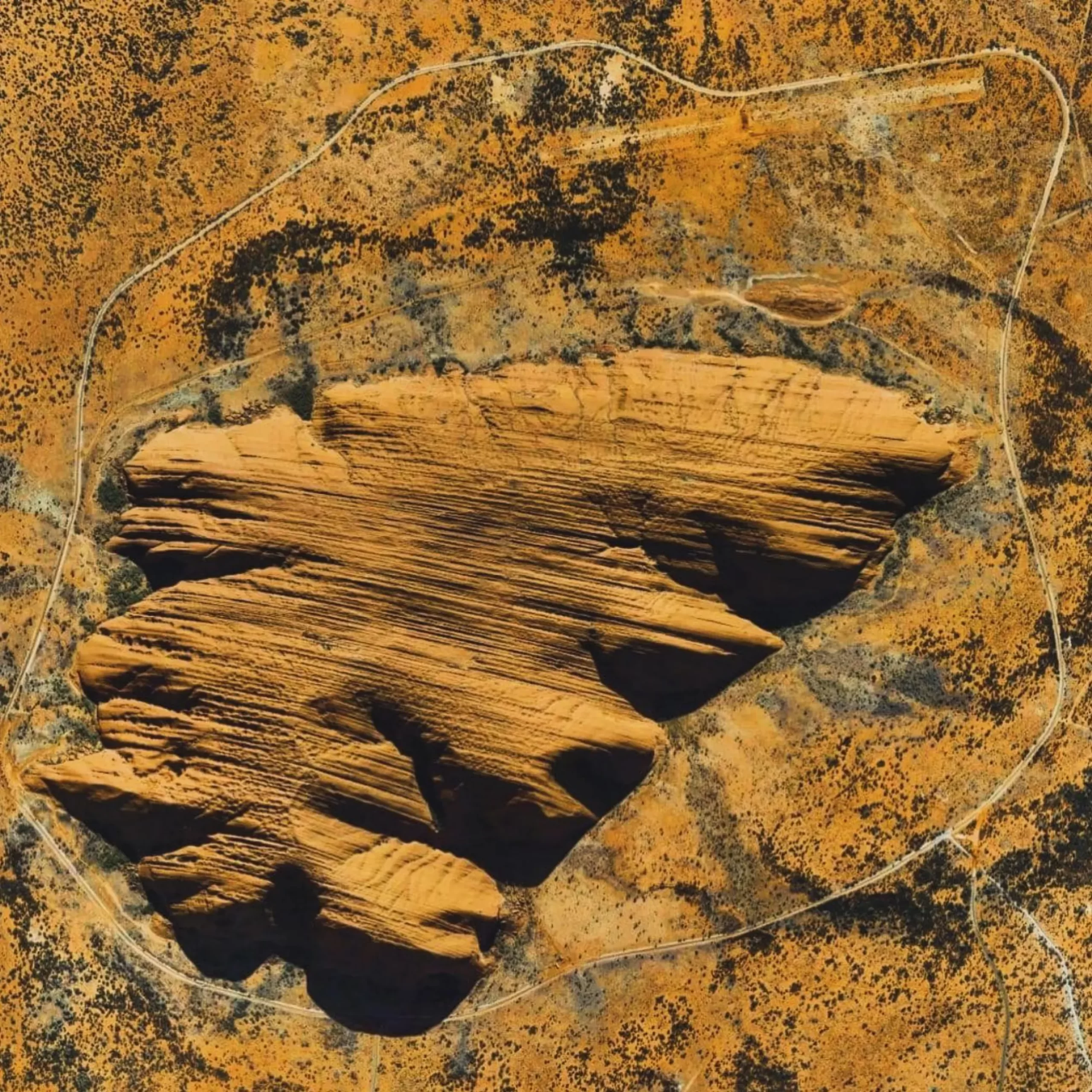
The North-East Walk showcases the unique biodiversity of the Australian outback. Keep an eye out for native species like perentie lizards, zebra finches and spinifex grass. At certain times of the year you may also see wildflowers blooming and adding colour to the desert. Wildlife tours in the national park will give you a deeper insight into the local environment.
4. Quietness
Compared to the more popular base walk the North-East Walk is quieter and more peaceful. It’s a great trail for those who want to connect with the natural and spiritual heart of Uluru. Visitors often comment on the importance of respecting the cultural values of the traditional owners while enjoying the peacefulness of this sacred land.
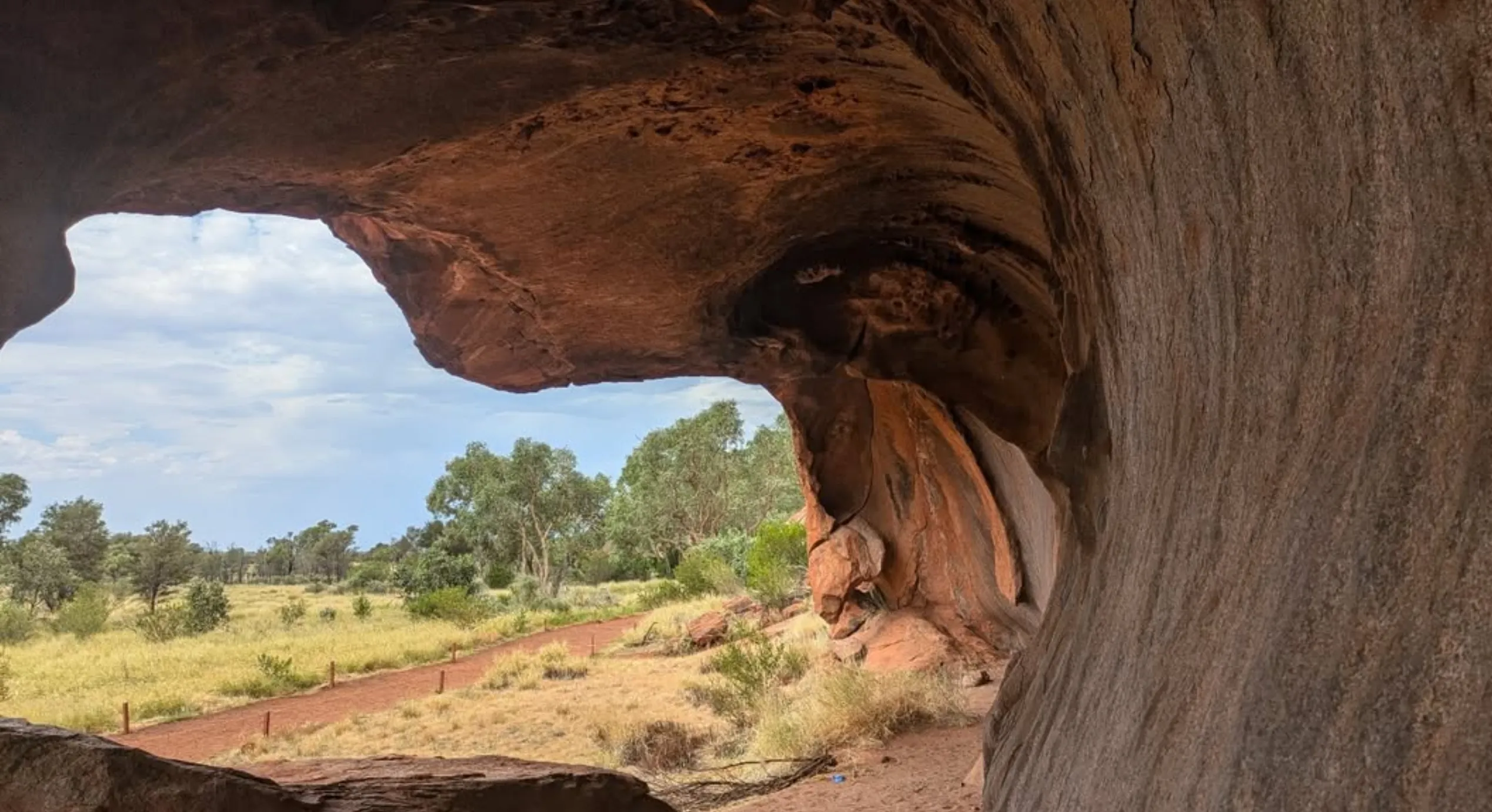
Nearby to visit are Kata Tjuta (the Olgas), a beautiful collection of rock formations just a short drive from Uluru and Kings Canyon, famous for its cliffs and hiking trails. Both are easily accessible from Yulara, the town closest to Uluru.
Travel Tips
1. Plan
Check the weather and park opening hours before you go. Uluru-Kata Tjuta National Park can get very hot, so try to get there early in the morning, especially during summer.Kata Tju In winter pack a warm jacket for chilly mornings. Buy a parking pass in advance to make your visit easier.
2. Respect the Land
As a sacred site Uluru requires respect. Stay on the paths, don’t climb the rocks and follow the park and traditional owner guidelines. Learning about the cultural significance of the area before you go will help you understand and appreciate it more.
3. Pack
Carry water, sunscreen, a hat and comfortable hiking boots. A lightweight backpack with snacks, a map of the trail and a warm jacket is also recommended. After your walk air-conditioned cabins in nearby accommodation will be a welcome retreat. Options range from budget to luxury.
4. Join a Tour
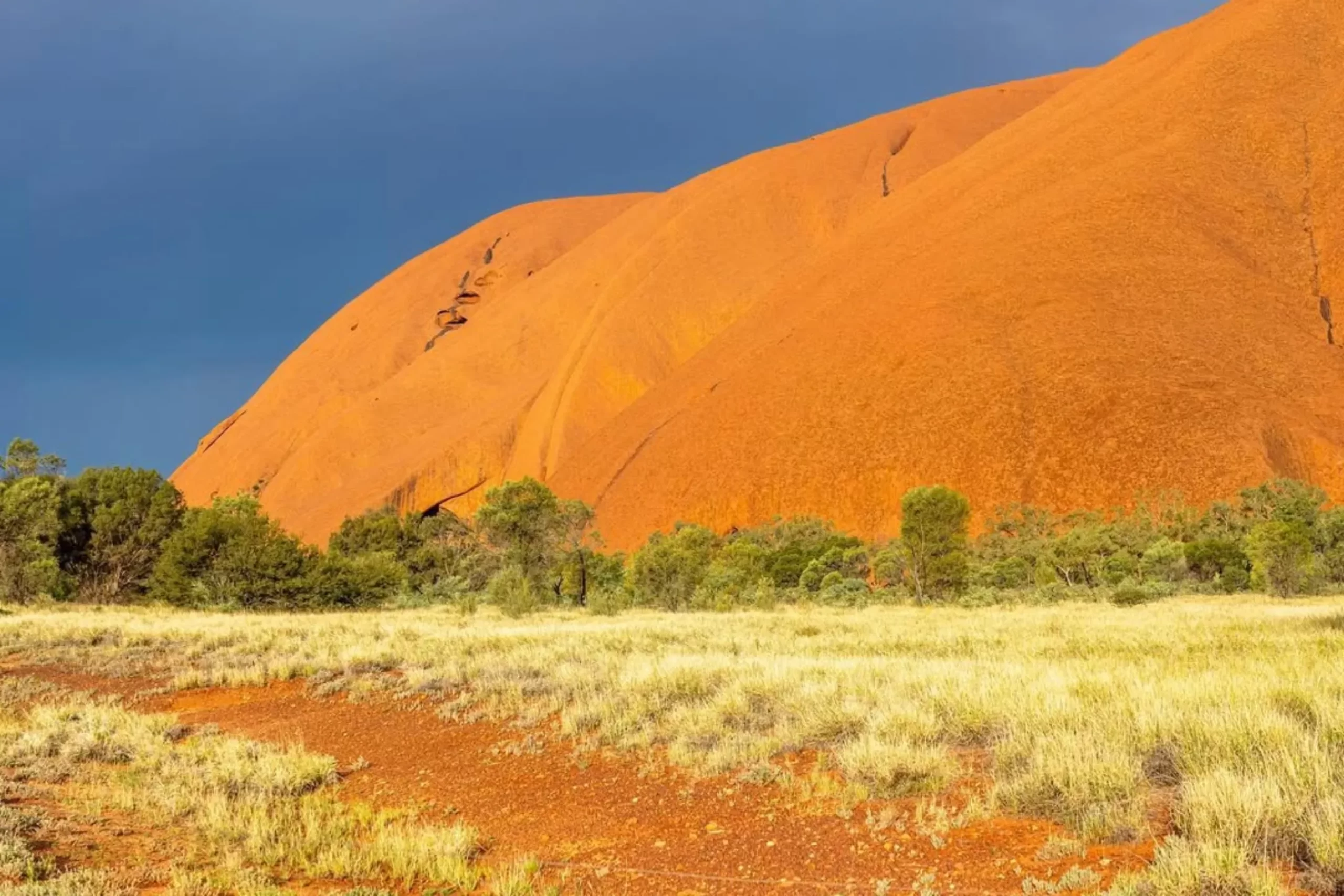
To get a deeper understanding of the cultural and ecological importance of the area join a guided 3 Day tour Uluru with an Anangu guide. Their stories and knowledge will add so much to your experience. Aboriginal art installations are also nearby, telling ancient stories and traditions. For a reliable and memorable experience book with Autopia Tours, they have great service and knowledgeable guides.
5. Go Further Afield
Consider a scenic flight or helicopter flight to see Uluru from above. Direct flights to the nearest town Yulara make it easy to get here. From Yulara it’s just an hour’s drive to the national park. Scenic Uluru camping tour also often visit nearby attractions like Kata Tjuta and Kings Canyon.
6. Photography
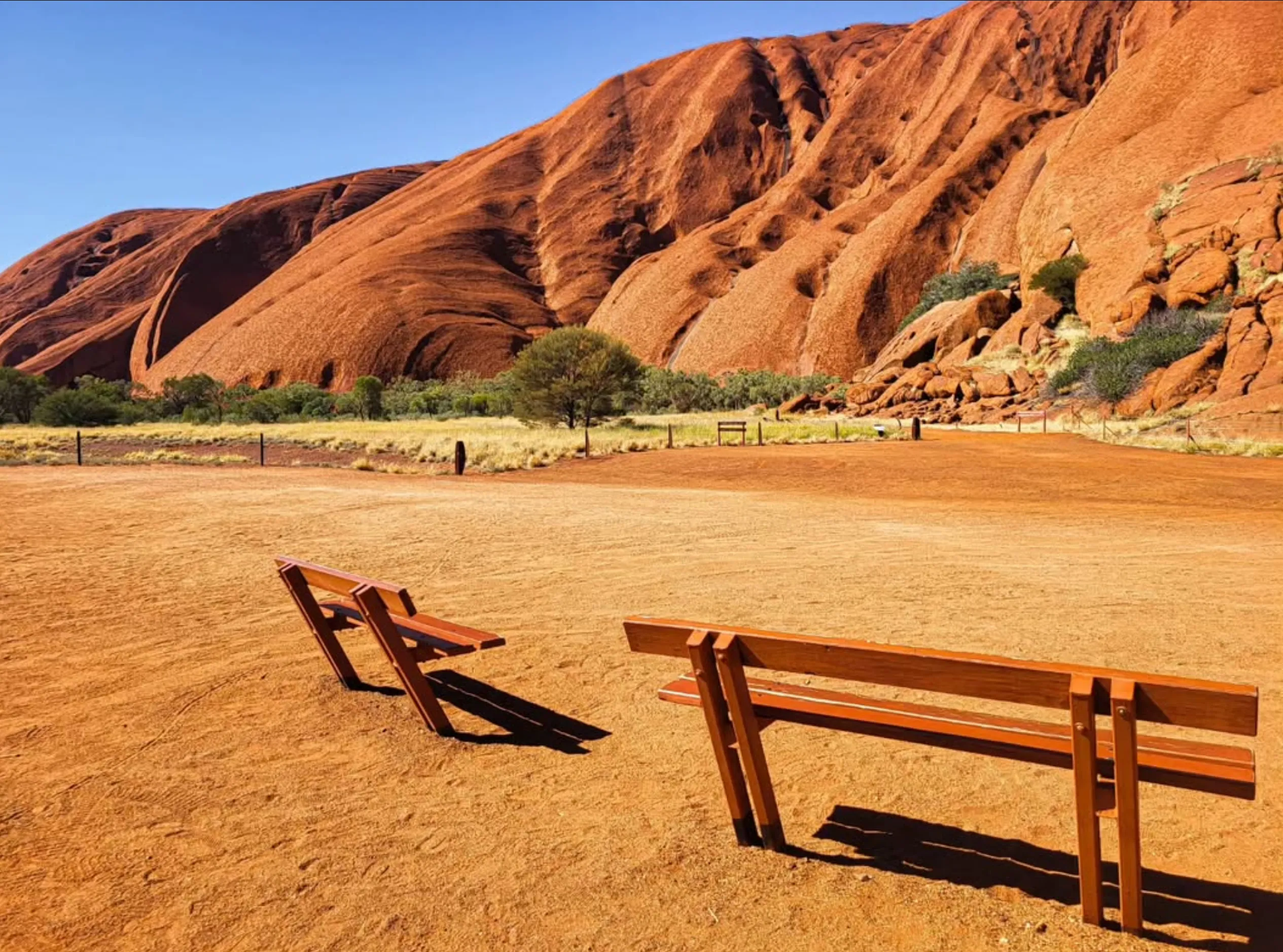
Bring a camera or smartphone to capture Uluru’s beauty but be aware of areas where photography is not allowed due to cultural sensitivities. Sunrise and sunset are the best times for photos and the lack of light pollution means the night sky is amazing for stargazing. The rock formations and desert landscapes are perfect for photography.
The North-East Walk at Uluru is more than a trail it’s an experience of Australia’s natural and cultural heritage. From the views and rock art to the flora and fauna it’s something for everyone. Nearby Kata Tjuta and Kings Canyon make the Alice Springs to Uluru trip a must for anyone who wants to experience the real Australia. With these tips and destinations in mind you’re ready to go on an adventure at one of the world’s most famous landmarks.
FAQ
How long does it take to do the North-East Walk?
About 1.5 to 2 hours depending on your pace and how many times you stop to smell the roses.
Is the North-East Walk suitable for families with kids?
Yes, it’s an easy walk and suitable for families. Just make sure kids are supervised and have sun protection and water.
Are there guided tours for the North-East Walk?
Yes, guided Uluru tours are available and highly recommended. Check with the park or local tour operators for times and bookings.
When is the best time to visit Uluru?
May to September is the best time to visit when it’s cooler for outdoor activities.
Can I see wildlife on the North-East Walk?
Yes, you can see native wildlife including birds, lizards and occasionally kangaroos. Early morning and late afternoon are the best times to spot wildlife.
